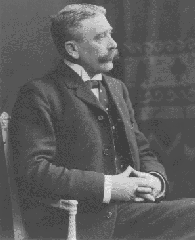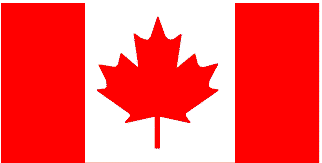
| SOSC 4318: Modes of Communication: "Reading Television?" |

| Frasier |
| Friends.1 |
| Friends.2 |
| Simpsons |
| Sopranos |
| That 70's Show |

Defining Semiotic Analysis
Semiology is the study of signs. This type of analysis investigates how
a text produces meaning through signs and how this meaning connects with
other “broader systems of meaning” (Rose, 69). It is argued
that these signs often uphold ideological codes within our society.
First it would prove helpful to explain some of the main terms used in semiotic analysis. These were developed by Ferdinand de Saussure in his Course on General Linguistics.

Saussure
Sign
– The basic unit of language and consists of two parts (the signified
and signifier)
Signified – A concept or an object.
Signifier – A sound or an image that
is attached to a signified.
Referent – The actual object to which
the sign is related.
It is important to note that Saussure stressed that “there is no necessary relationship between a particular signifier and its signified” (Rose, 74). Yet, meaning is produced when one signifier is related to another which then produces another signifier and so on. This process is referred to as connotation. In his article Grossberg uses an example of a flag to illustrate this.

The red and white cloth with a maple leaf on it --> Canadian flag -->
the country Canada --> the love and respect citizens should feel for
the country --> on and on.
Chains of meaning like the one above become codes that then act as a basis to structure new texts and interpretations. Note, meaning is culturally specific, that is, different signs can mean different things in different cultures.
Organization of A Text
The way a text is organized is also an important part of semiotics and the terms syntagm and paradigm are helpful in understanding this.
Syntagm - How a text is organized and how the signs within it are connected within time or space. In other words, it is the order in which the text is put together. Changing the syntagmatic order can alter the meaning of a text.
Paradigm - It "describes possibilities rather than what is actually in the text" (Grossberg, 169). That is, "potential substitutions that one can make without changing the syntagmatic relationship" (Grossberg, 169).
There are a number of categories that can be used in helping us to look at and interpret signs in visual texts (television, photography, advertisements, etc...). Rose identifies the following:
Representations
of Bodies
- Age, gender, race, hair, size.
Representations of Manner - Expression, eye
contact, pose.
Representations of Activity - Touch, body
movement, positional communication.
Props and Settings
How is Meaning Produced?
An important question to ask then is: If there are so many possible meanings within a text, why do most people usually arrive at the same one? The answer is that “a relatively small number of very powerful semiotic codes transect in the text itself and thus produce the accepted meaning” (Grossberg, 173). Yet, it is argued by key theorists like Jacques Derrida and Roland Barthes that every text has a breaking point (that is, when it “falls upon itself”). Even when the multiplicity of interpretations seem to be under our control, there is always at least one point that will threaten to reappear and cannot be reconciled (Grossberg, 74).
Sources
1. Grossberg, Lawrence et al. "The Interpretation of Meaning" in Making Sense of The Media
2. Rose, Gillian. Visual Methodologies: An Introduction to the Interpretation of Visual Materials. London: Thousand Oaks, 2001.
By: Lisa Alfano


| Home | Assignment Purpose | Theory Summaries | Who We Are |
